
In 1945 the Pacific Coast Hockey League established a hockey franchise in the city of Vancouver. Known as the Canucks, they immediatly enjoyed successs by winning the PCHL championship in their first and third years of existance, 194 and 1948. In 1952, the PCHL merged with the Western Canada Senior Hockey League to form the Western Hockey League. With numerous star players coming up the ranks such as Johnny Bower, Andy Bathgate, Tony Esposito, and Allan Stanley, the team would again win the Lester Patrick Cup in 1958, 1960, 1969, and 1970. The team played at the Vancouver Forum.
In 19656, when the NHL announced plans to expand it's league to six additional markets, the owner of the WHL's Canucks, Fred Hume, announced that the city would bid for a team. The bid to the NHL's Board of Governors, however, was not well prepared. Due to this, and the fact that the Vancouver ownership group was disliked by Red Wings owner Bruce Norris, and Toronto Maple Leafs co-owner Stafford Smythe, the application did not succeed. Nevertheless, plans went ahead for building the Pacific Coliseum on the grounds of the PNE and the Canucks were granted a franchise two years later that would make it's debut in 1970-71. The toughly negotiated deal would cost the new ownership group 2 millions dollars more than the original 4 million price tag.
The Canucks first NHL game was against the Los Angeles Kings on October 9, 1970. Their captain was Orland Kurtenbach and their very first goal was scored by Barry Wilkens. Two days later, the franchise recorded it's first career win, a 5-3 defeat of the Toronto Maple Leafs.
The Canucks first decade was generally a mediocre one, missing the playoffs in eight of its first 10 seasons. In 1975, their best initial showing, they were Smythe Division Champions with 86 points, but lost out in the quarter finals.
In 1982, with a record of 30-33-17, they finished second in a weak the Smythe, but went on to everyone's surprise to become that seasons Cinderella team. Guided by the inventive Roger Neilson, and backed by "King" Richard Brodeur's stellar puckstopping, the Canucks found themselves Stanley Cup finalists against the heavily favored, two time champions, New York Islanders. While a few games finished with close scores, the Canucks were no match, and were swept 4-0 in games.
After their improbable run, the franchise slipped back into mediocrity for the decade's remainder. In the early 1990's, the team began to add key elements, and were soon highly competitive. With Pat Quinn as coach and GM, Captain Trevor Linden, goaltender Kirk McLean, and the game's most dazzling and exciting shooter Pavel Bure, combined to make the Canucks a force.

In 1994, the Canucks made their second trip to the finals, entering that year's playoffs as the seventh seed in the Western Conference. The club had what could be characterized as an off-year during the regular season, but resumed their form during the playoffs, beating the rival Calgary Flames in the first round in an incredible seven-game series. They won games five, six, and seven in overtime, the "Russian Rocket", Bure scored the game seven winner on a breakaway, which many consider the biggest goal in franchise history.
They went on to defeat both the Dallas Stars and Toronto Maple Leafs in 5 games before meeting the New York Rangers in the Finals. Vancouver won game 1, 3-2 in OT, backed by goaltender McLean's 52-save performance.
The Canucks lost Game Seven in the finals by an identical score of 3-2. In a heavily contested and hard fought match, the Canucks came closest to tying the game in the late third period, when winger Nathan LaFayette wrung a wrsit shot off the crossbar.
The Canucks' loss was followed by a major riot by disappointed hockey fans in downtown Vancouver, many of whom had been drinking heavily.
In the 1997 off-season, the Canucks made a big splash and signed Mark Messierfrom the Rangers to a lucrative five-year deal. Fans in Van-City were hopeful that the legendary "Greatest Leader in NHL History" (Messier had also captained the Oilers to the 1990 Cup) would lead their team to the Promised Land, but it wasn't to be, as "Moose" Messier and the Canucks never got a hint of post-season action together. He rejoined the Rangers as a free agent in 2000.
With a new general manager, Brian Burke and coach Marc Crawford (who'd won a Cup with the 1996 Avalance, Vancouver quickly rebuilt their team and returned to the playoffs in 2001. Led by forwards Markus Naslund and Todd Bertuzzi, defenseman Ed Jovanovski and goaltender dan Cloutier, the Canucks would achieve some success in the next few years. However, since 1994, the Canucks have not yet achieved significant playoff success, failing to achieve victory in the second round.
It was Brian Burke who coined the phrase "Goalie Graveyard", when referring to the Canucks' long-standing history of having troubles between the pipes. As it turned out, Vancouver became Burke's own graveyard. Before the lockout of 2004-05, Burke did not have his NHL GM contract renewed by the Canucks, a move that many Vancouver fans regarded as a poor decision, and was replaced by Dave Nonis, who had been assistant GM. Free agent activity in the summer prior to the 2005-06 season saw players such as Anson Carter and Richard Park arrive in Vancouver. However, Nonis' moves were viewed by some to be rather meek compared to other NHL club GMs.
From Wiki, here's a listing of all players that have worn a Canucks jersey, team player records, season by season stats, and a detailing of the 1994 Stanley Cup Riot.




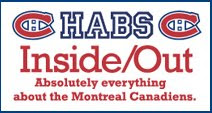





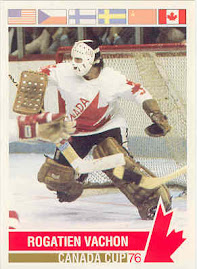
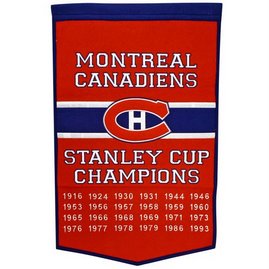







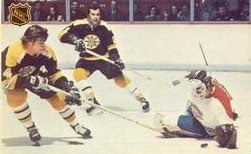



















































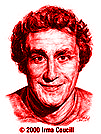

































































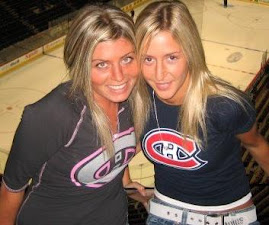
















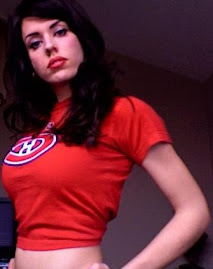

No comments:
Post a Comment